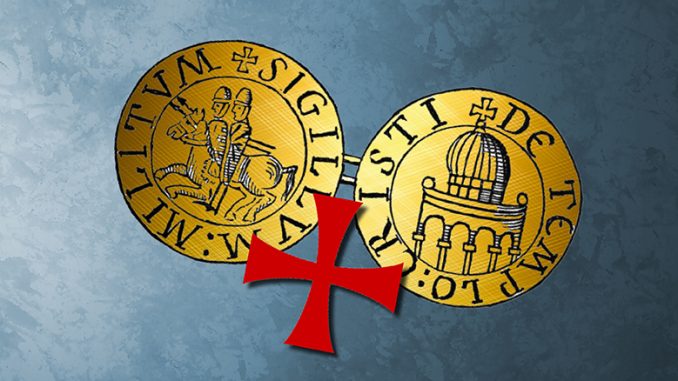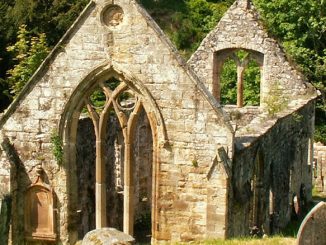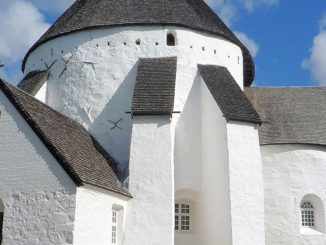
Before delving into the seal that has become synonymous with the Knights Templar, it is crucial to understand the purpose of such seals.
During the Middle Ages, affixing a seal to a document was the most common way to validate its authenticity. These seals were images carved into a block, which, when pressed into warm wax, left an inverse image of the carving, similar to a modern photo negative. The seal served to identify the document’s author and deter forgery or tampering with official correspondences.
Seals played a vital role in conducting business transactions, even for illiterate individuals who couldn’t sign their names. Ecclesiastical bodies, monarchs, individuals, and organizations like the Templars each had their unique seals.
Although the Templars used various seals throughout their two centuries of existence, one seal, commonly known as the “traditional seal,” has attracted the most attention and speculation.
The traditional seal of the Knights Templar depicted two knights riding a single mount and was used by several Grand Masters throughout the Templars’ 200-year history.
Symbols carry varying meanings, and extensive studies have been conducted on symbolism, notably by the renowned psychologist and occultist Carl Jung.
The image of the two knights riding a single mount was believed to represent their vow of poverty. According to this interpretation, the original Templar members were so destitute that each knight couldn’t afford his own horse. However, this interpretation seems to be more of a poetic tradition, as early as the Council of Troyes, when the Latin Rule was composed, individual knights were allowed to own three horses, and Grand Masters were permitted to own even more.
Some theorists have proposed that the dual knights on a single mount symbolize the homosexuality that the knights were accused of practicing. This theory likely emerged after the accusations brought against the order during and after their arrest in 1307.
Another perspective suggests that the two knights on the seal represent the duality or conflict that existed within the Templar order:
† They were bound by a vow of poverty, yet possessed immense wealth in their assets. † They were introspective, yet well-versed in worldly matters. † They were monks on one hand, yet feared warriors on the other.
Some have also referenced the Gospel of Matthew to explain the seal’s symbolic meaning. They claim that one knight represents a Templar, while the other depicts Christ. This interpretation stems from the passage in Matthew where Jesus Christ says, “Wherever two or more of you are gathered in My name, there am I, in the midst of them.”
Reverse of the Seal
The reverse side of the traditional seal depicted the dome of the Church of the Holy Sepulchre, although some have erroneously identified it as the Dome of the Rock. The image on the right shows the seal of the Church of the Holy Sepulchre.
In conclusion, the seals used by the Knights Templar served as important markers of authenticity and identification during the medieval period. While the traditional seal depicting two knights riding a single mount has garnered significant attention and speculation, its exact meaning remains open to interpretation. Various theories have emerged, ranging from representing the Templars’ vow of poverty to alluding to alleged homosexual practices or symbolizing the duality and complexity within the order itself. The Templar seals offer a glimpse into the rich symbolism and historical context surrounding this enigmatic order. However, it is crucial to approach these interpretations with caution and recognize the potential for differing viewpoints. The study of these seals provides valuable insights into the history and symbolism of the Knights Templar, further fueling our fascination with this captivating medieval order.
About Us
TemplarHistory.com was started in the fall of 1997 by Stephen Dafoe, a Canadian author who has written several books on the Templars and related subjects.
Read more from our Templar History Archives – Templar History



